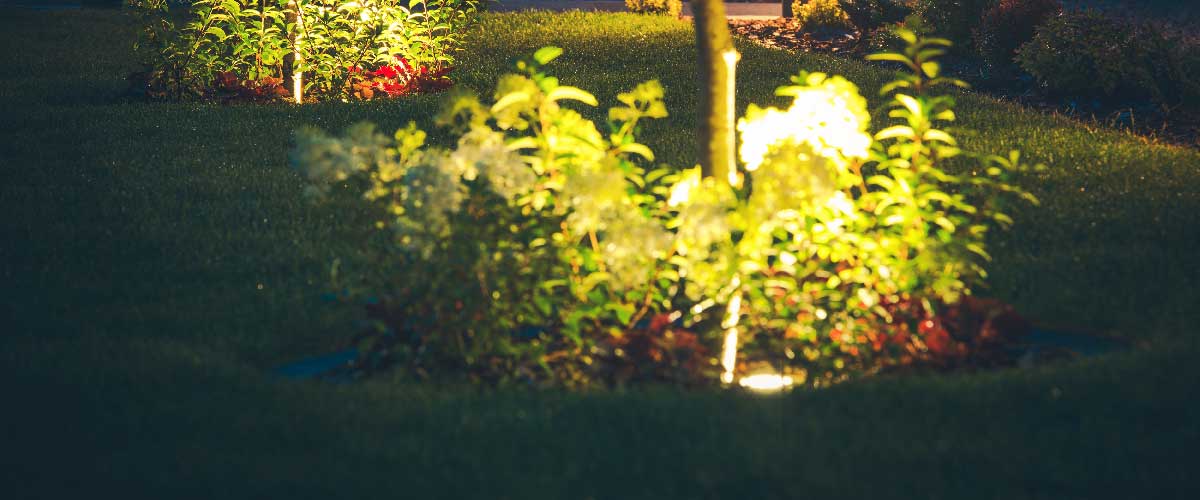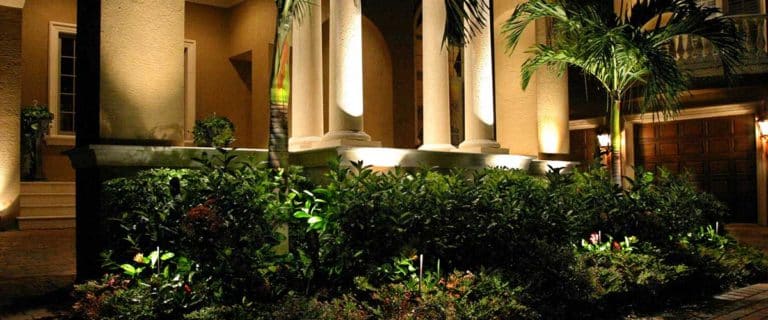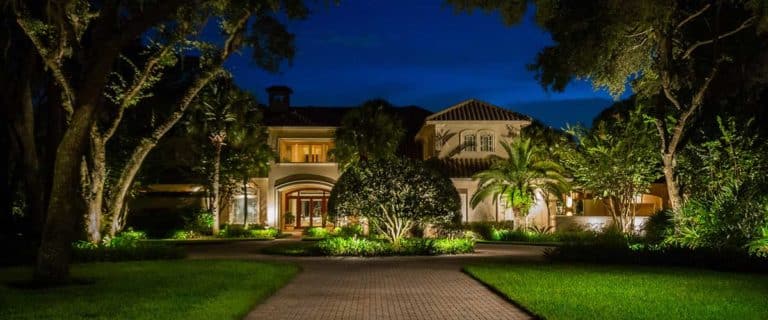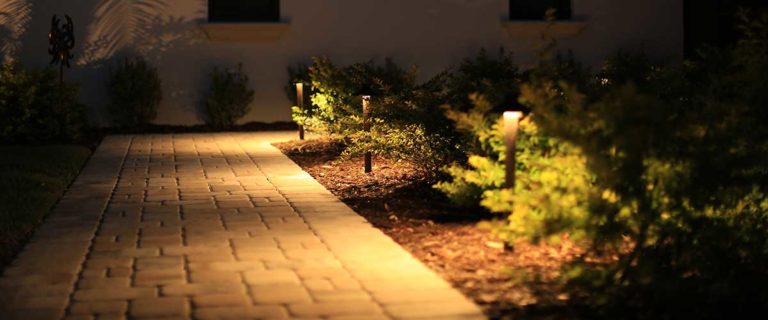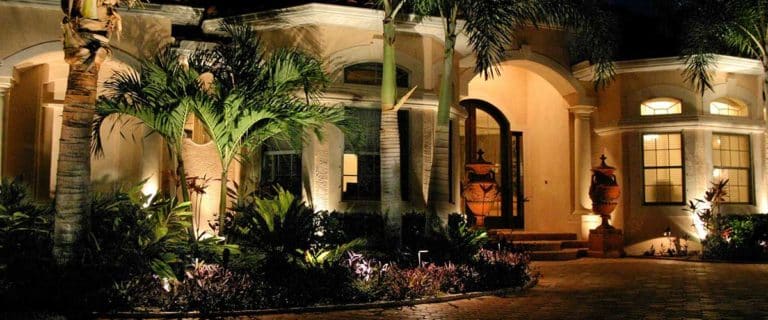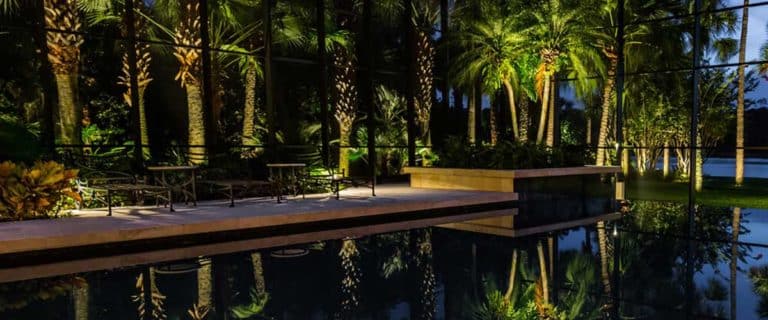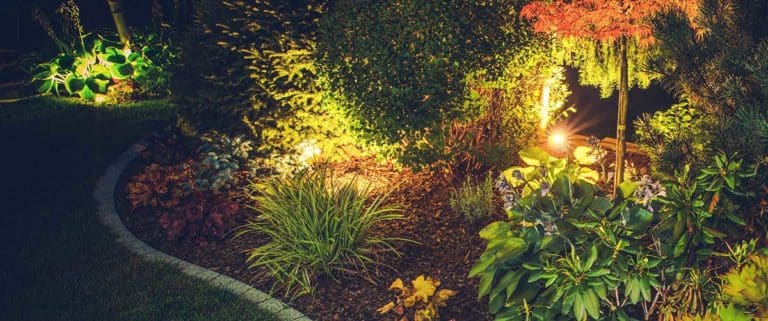5 Things to Consider When Installing Landscape Lights
Landscape lighting can go a long way toward improving your curb appeal and making your home safer and more secure. If you’re thinking about adding this upgrade to your property this year, there are a few important things you need to know. Start with these important tips.
1. Always Start With a Plan
Whether you’re working with a professional installer or you’re planning a DIY project, it’s critical to have a written plan. Start by sketching out your yard, including the location of your home, trees and shrubs, benches, garden décor, and so on.
Since each of these items will either absorb or reflect light, it’s important to know where they are and estimate their height. Then, you can determine where you will place each light and what you expect it to accomplish. This can help you avoid over-lighting your space and increase the chances that you’ll achieve the desired results.
2. Consider Your Electrical Options
Solar lighting is the easiest type of landscape lighting to install. There are no wires to bury and no electrical issues to worry about. However, these lights need to be positioned so the solar cells receive enough sunlight during the day. This makes it impractical to place them in areas with bushes, trees, or shrubs. They also cannot be placed near structures that block the sun for long parts of the day.
Low-voltage landscape lighting is typically the most popular option among homeowners. This lighting uses a transformer to convert the 120 volts that come out of your home to a safe 12 volts, which is sufficient to operate your landscape lights.
If you prefer a system that uses the full 120-volt lighting, you’ll need a licensed electrician to install the electrical components. The wiring for your landscape lights must be placed in a conduit to protect it from water and buried 18 inches below the ground.
3. Choose Your Fixtures Wisely
When choosing your outdoor lights, keep in mind that each unit will need to withstand rain, wind, and the sun’s harsh rays. Look for lighting fixtures with an Underwriters Laboratories (UL) rating of UL wet or UL damp. Wet-rated fixtures are best suited for extreme weather conditions, while damp-rated fixtures are ideal for outdoor locations that will only receive minimal exposure to rain and moisture.
Outdoor lights come in a variety of sizes, colors, and styles, making it easy to match the overall aesthetic of your outdoor space. When choosing your lights, also consider energy efficiency. LED bulbs are an excellent choice, as they are long-lasting and consume a low amount of power.
4. Decide on DIY vs. Professional Installation
If you’re planning to install a few outdoor lights, you may be able to complete the project yourself. However, there are some advantages to working with a pro, particularly if you’re planning to illuminate your entire outdoor space.
A professional landscape lighting designer can help you avoid many common mistakes, such as over-lighting your space. When you work with an expert, you can also be confident that your new lighting will meet all code requirements and beautifully complement your home.
At Pleasant Landscapes, we use only top-quality materials and custom-design each project to showcase your home’s best features. Request a consultation today, and let us show you how we can help you create the outdoor space you’ve been dreaming of.

